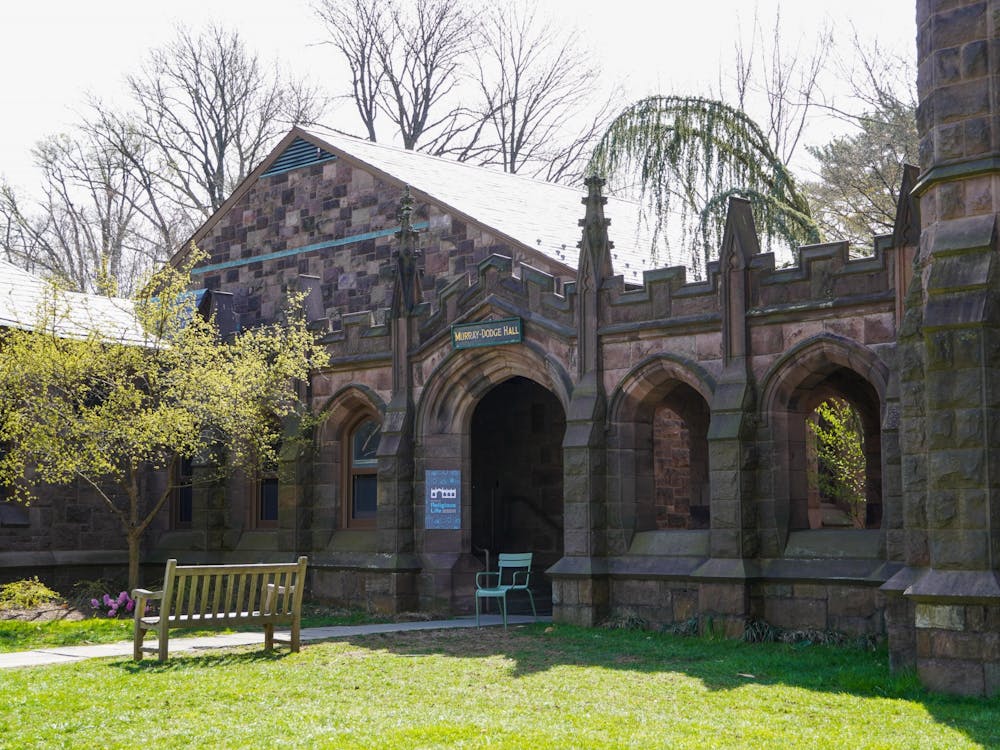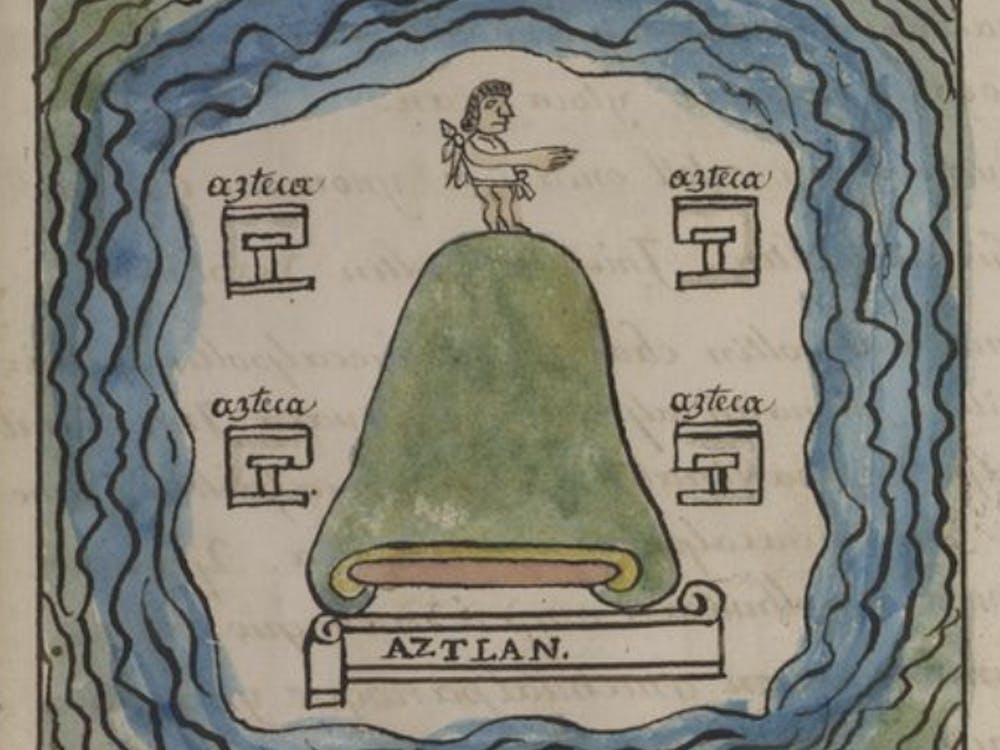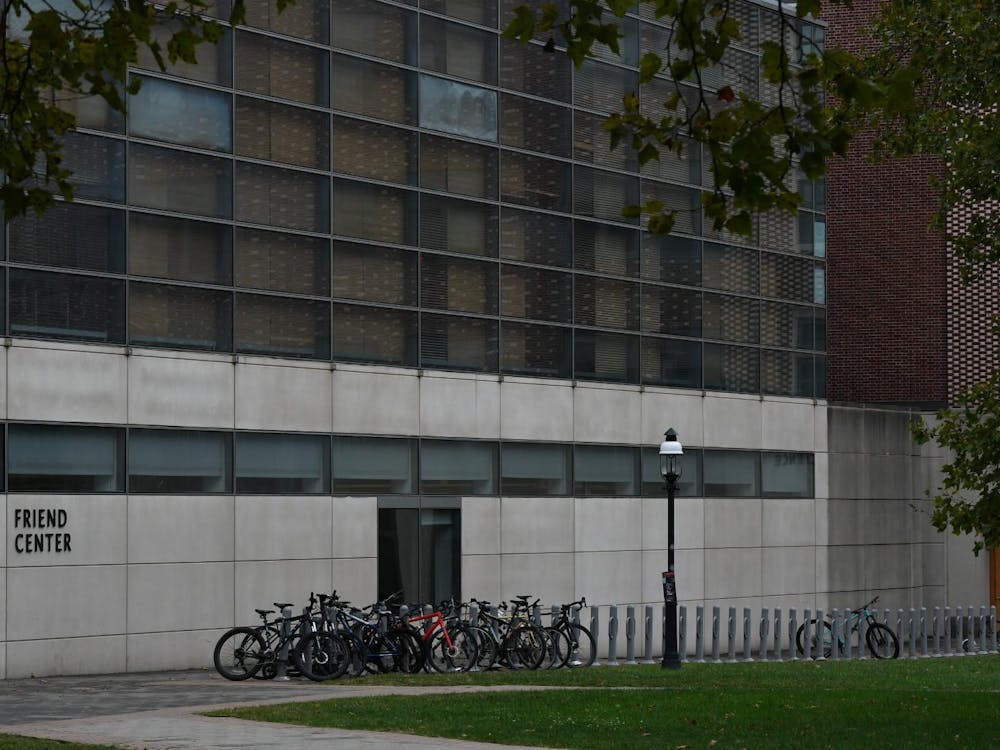Princetonians’ hearts should rejoice when they sing in praise of “Old Nassau,” according to the University’s centuries-old alma mater.
Presently, although Nassau Hall — the namesake of the song — stands triumphantly in the center of the colonial district of campus, Princeton students rarely set foot in the historic building, given its modern ceremonial and administrative functions.However, that shouldn't stop students from “rejoicing,” because Nassau Hall is much more than an office building, albeit an office building that is also a National Historic Landmark: It is a powerful symbol of American higher education.
Constructed in 1756, Nassau Hall was named for King William III of Orange at the suggestion of the University’s (then referred to as the College of New Jersey) major benefactor, Governor Jonathan Belcher, according to the Princetoniana website. The trustees suggested the building be named after Belcher, but he modestly declined, a decision that paid off—“In Praise of Old Belcher” wouldn’t have made the best University anthem.
The building was monumental for its time. “It was thought to be the largest building in North America when it was being built,” Princeton historian and author of “Princeton: America’s Campus” W. Barksdale Maynard ’88 said.
Nassau Hall played a critical role in the Revolutionary War when George Washington recaptured the building after the 1777 Battle of Princeton and the surrender of British troops who had taken control of the space. In 1783, Nassau Hall briefly became the nation’s capital, housing the Continental Congress for five months, another highlight in the building’s rich history.
The building’s function has changed over the years from a single building that housed both students and classrooms to a structure predominantly concerned with administrative and ceremonial uses. “If you look at Nassau Hall functionally, it’s a very generic building — a corridor with rooms on either side,” University Architect Ron McCoy GS ’80 said. “It’s adaptable to all kinds of uses … though it’s probably compromised in its ability to serve all of the functions of a modern administrative building,” due to the limitations of the original architecture, including narrow hallways connecting disparate office spaces, he explained.
Nassau Hall has not only adapted in terms of its functionality but in its style as well. The exterior of the building has cycled through a range of architectural styles, from Colonial to Italianate, after various fires and subsequent reconstructions, some of which may have seemed to conflict with the campus’ dominant collegiate gothic theme. However, the gothic motif was only established around the turn of the century.
“The question of style wasn’t such a conscious issue [at Princeton] until [then-University President] McCosh ushered in a different style of architecture in the 19th century,” McCoy explained. “Princeton has a beauty … as an overall campus which transcends individual styles.”
Nassau Hall is so emblematic of the University’s public identity that the University even restricts reproduction of its image by copyright law. “When we protect names and images, we reserve the right to these images for public trust,” Assistant Vice President for Communications Lauren Ugorji ’85 said. “If we permitted a broad use of images, the association would be diluted.”
Nassau Hall not only serves as an essential image of the University, but also helped define the language we use to talk about American higher education. The building’s position in front of a large lawn removed from Nassau Street created the origin of the term “campus,” deriving from the Latin word for “field,” usurping Harvard’s “yard” as the fundamental descriptor for the grounds of an American college, according to the 2008 Princeton Campus Plan.
Nassau Hall is “an extraordinary symbol of not only Princeton, but higher education in America,” Maynard noted. “It symbolizes the great English idea of [the] university transplanted to the world.”
In praise of Old Nassau, indeed.









